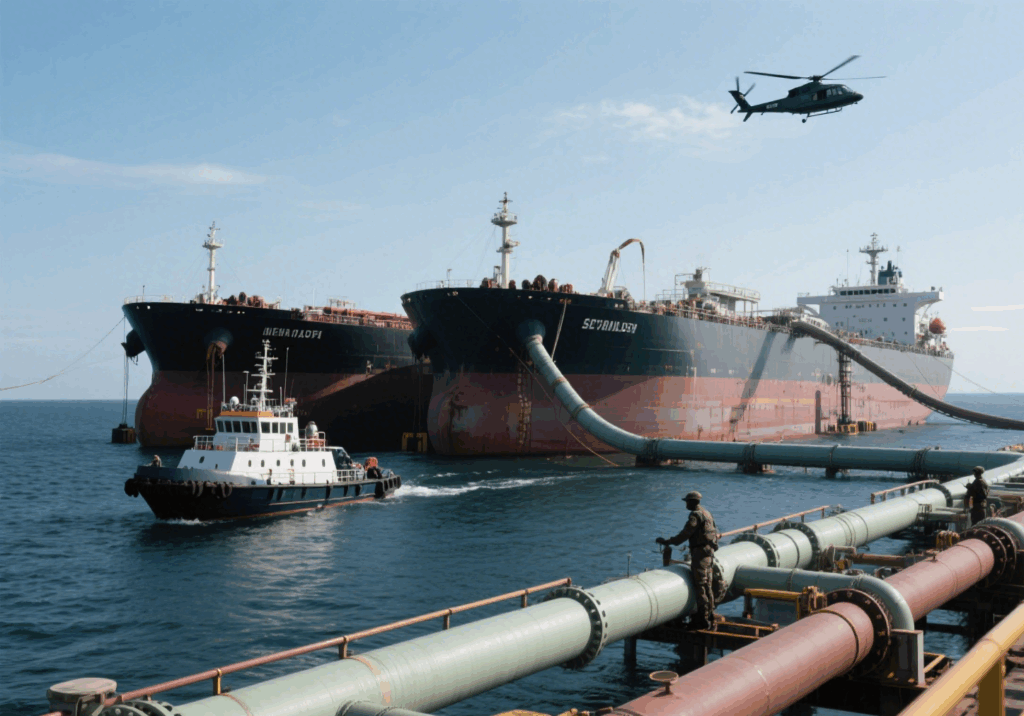Shipping from China to international destinations can be expensive if not planned properly. For businesses or individuals looking for the cheapest shipping from China, understanding various shipping options and strategies to save costs is crucial. This guide will walk you through the best methods for affordable shipping, the factors influencing costs, and real-world strategies to save.
Whether you are shipping bulk items for business or smaller goods for personal reasons, it’s essential to balance price, speed, and reliability. In this article, we will explore the cheapest shipping options, what factors contribute to shipping costs, and how to optimize your shipping strategy.
1.What is Cheapest Shipping from China?
The cheapest shipping from China refers to the most cost-effective shipping methods that ensure goods are transported internationally at a low cost. Typically, sea freight is the most affordable option for large shipments, while air freight offers faster but more expensive alternatives. The choice of shipping method largely depends on the nature and urgency of your shipment.
Here’s a quick overview of some key methods:
- Sea Freight: Most cost-effective for large, non-urgent shipments.
- Air Freight: Ideal for time-sensitive, smaller shipments.
- Rail Freight: Often cheaper than air freight, but slower than sea freight.
2.Why Choose the Cheapest Shipping Option?
Choosing the cheapest shipping from China isn’t just about cutting expenses, it’s about finding the optimal balance between cost, time, and efficiency. For businesses, reducing shipping costs can significantly lower operational expenses, especially for those importing in large quantities.
For example, if your business ships thousands of products monthly, saving just 5-10% on shipping costs can translate into substantial savings over time. Furthermore, choosing the cheapest option ensures that more budget can be allocated to other aspects of your business, such as marketing or product development.
3.What Shipping Methods are Available and How Do They Compare?
Shipping from China can be done using various methods, each with its own pros and cons in terms of cost, speed, and volume. Let’s take a deeper look at the methods:
| Shipping Method | Cost | Speed | Best for |
|---|---|---|---|
| Sea Freight | Low | Slow | Large, bulk shipments |
| Air Freight | High | Fast | Small, urgent shipments |
| Rail Freight | Medium | Medium | Moderate volume shipments |
| Express Courier | High | Very Fast | Time-sensitive, small shipments |
Sea Freight is the cheapest for large shipments, especially when considering Full Container Load (FCL) or Less-than-Container Load (LCL). However, the downside is the longer shipping time, typically between 20-45 days.
Air Freight offers the fastest delivery times but is the most expensive method, especially for smaller shipments. If time is of the essence, it’s worth paying the premium for expedited air services.
Rail Freight is a growing option, offering a good middle ground in terms of both speed and cost. Rail can be more affordable than air freight and faster than sea freight, making it an ideal option for medium-sized shipments.
Express Courier services such as DHL, FedEx, and UPS are useful for small parcels or urgent shipments, but the cost per kilogram is high compared to sea freight.
4.Related Terms in Shipping
- FOB (Free on Board): The seller covers the costs until the goods are loaded onto the ship.
- DDP (Delivered Duty Paid): The seller takes on all shipping costs, including import duties and taxes, until the goods reach the buyer.
- Incoterms: These international shipping terms define who is responsible for various parts of the shipping process, from transport to payment of duties.
Understanding these terms is crucial for determining shipping costs and responsibilities. Depending on your Incoterms agreement, you might be responsible for additional costs beyond the base shipping price.
5.Recommendations and How to Avoid Getting Stuck
When trying to secure the cheapest shipping from China, several factors can influence the overall cost. Here are some tips to ensure you’re getting the best deal:
- Understand the costs upfront: Always request detailed quotes and ask for a breakdown of all associated costs (shipping, customs duties, insurance, etc.). This will help you avoid hidden fees.
- Consolidate shipments: If you frequently ship smaller items, consider consolidating multiple shipments into one larger shipment to save on volume-based pricing.
- Work with reliable freight forwarders: Choose a reputable company with experience in shipping from China. They can help you navigate complex international logistics and avoid unnecessary delays.
To learn more about shipping prices and inquire about the most favorable and timely transportation for your goods, contact topchinafreight now.
6.How to Reduce Shipping Costs
Here are a few strategies to reduce shipping costs when importing from China:
- Use Sea Freight for Bulk Shipments: Sea freight is the most cost-effective method for large shipments, particularly if you are shipping Full Container Load (FCL) or Less-than-Container Load (LCL).
- Optimize Packaging: Packing goods efficiently can reduce the size of your shipment, which may lower costs. Fewer packages mean fewer handling fees and a lower overall volume.
- Negotiate with Freight Forwarders: If you ship regularly, it’s worth negotiating long-term contracts with your freight forwarder to secure lower rates. Some companies will offer discounts for repeat customers.
- Consider Rail Freight: If you’re shipping to locations in Europe or Asia, rail freight might offer a cost-effective alternative between sea freight and air freight.
- Request Quotes: Always get a range of quotes from different freight companies to compare prices and services. This will help you find the most affordable option available.
Example Quote for Sea Freight:
- Weight: 1,000 kg
- Cost: $1,200
- Shipping Time: 30 days
- Transport Method: Sea Freight
7.Real-World Examples
Case 1: Apparel Importer (15 CBM via LCL to Vancouver)
- LCL cost: $90 × 15 = $1,350
- Export customs: $120
- Sea freight: Included in LCL
- Duties + GST: ~$850
- Delivery to warehouse: $250
- Total: ~$2,570
Case 2: Electronics Importer (40ft FCL to Toronto)
- Sea freight 40ft: $3,800
- Insurance: $220
- Customs Duty + GST: ~$4,000
- Trucking Toronto port → warehouse: $450
- Total: ~$8,470
8.conclusion
Finding the cheapest shipping from China requires an understanding of the different shipping methods, their costs, and timing. By selecting the right method for your shipment type, negotiating rates, and optimizing your shipping strategy, you can significantly reduce your costs. Whether you choose sea freight, air freight, or rail freight, understanding the trade-offs between speed and cost will help you make the best decision for your business or personal shipments.
Request a Quote
Need a tailored solution for your shipping from China?
Let TJ China Freight Forwarder assist you with reliable, cost-effective service.
FAQ:
Q1.What is the cheapest shipping method from China?
Sea freight is generally the most affordable method, especially for large shipments.
Q2.How long does sea freight take from China?
Sea freight typically takes 30-45 days, depending on the destination.
Q3.Can I use air freight for bulk shipments?
Air freight is best suited for smaller, time-sensitive shipments. For bulk items, sea freight is more economical.
Q4.How do I reduce my shipping costs?
Consolidate shipments, negotiate with freight forwarders, and choose cost-effective shipping methods like sea freight for large shipments.
Q5.What is DDP shipping?
DDP (Delivered Duty Paid) means the seller is responsible for all shipping costs and import duties until the goods are delivered to the buyer.




